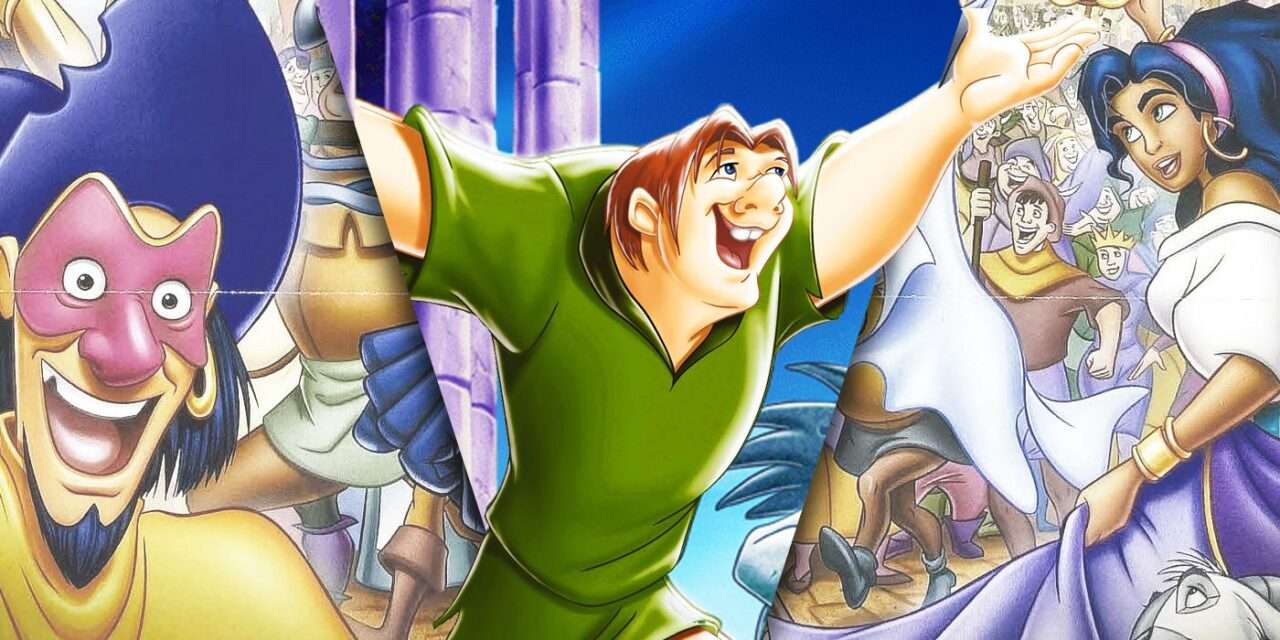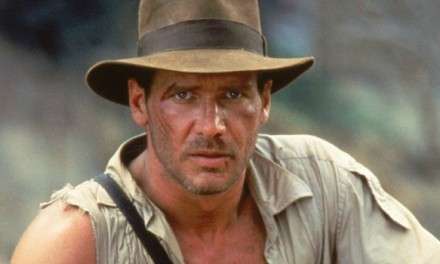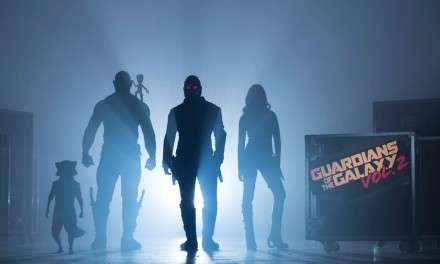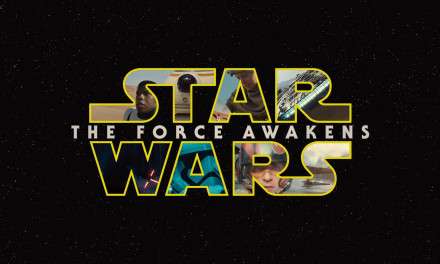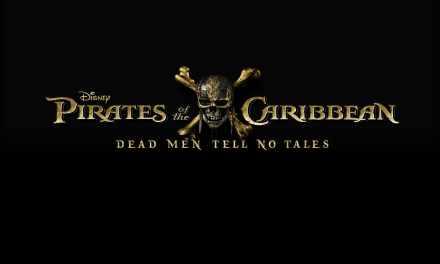When “The Hunchback of Notre Dame” premiered in 1996, it stunned audiences worldwide, becoming one of the iconic symbols of the Disney Renaissance. Unlike many Disney adaptations, this film was based on Victor Hugo’s much darker and more mature novel, presenting a unique blend of the original’s gothic themes with Disney’s enchanting animated magic. The film’s success, grossing $325 million globally and becoming the fifth-highest grossing film of the year, demonstrates its profound connection with audiences, many of whom likely had not encountered Hugo’s literary masterpiece.
Set in the breathtaking and bustling environment of 15th-century Paris, “The Hunchback of Notre Dame” tells the story of Quasimodo, a deformed yet gentle bell ringer secluded in the Notre Dame Cathedral by the villainous Frollo. Despite being cloistered, Quasimodo bravely ventures out during the Festival of Fools, only to face ridicule and violence, finding solace in the compassionate Esmeralda. Their journey together speaks to deeper themes of acceptance, compassion, and resilience, carefully balancing the novel’s essence while ensuring a family-friendly narrative.
Quasimodo himself is a testament to Disney’s adept storytelling. Despite his outward deformities, which could easily alienate him from audiences, the character is imbued with profound humanity and emotion. His integral role as the Cathedral’s bell ringer highlights his significance and the respect afforded to his dedication, arguably positioning him as more than just the “monster” many might see at first glance. This careful character depiction manages to honor Hugo’s intent without overly dramatic portrayals that might risk offending audiences.
Interestingly, the theme of sin is subtly woven throughout the movie. Frollo’s complex character embodies religious fanaticism and moral corruption, while Quasimodo, often seen by others as an embodiment of sin, is depicted as the true follower of Christian virtues through his kindness and dedication. This nuanced narrative approach allows Disney to explore sophisticated themes without compromising their family-friendly image.
As Disney dives deeper into live-action remakes, fans are eagerly awaiting a possible reboot of “The Hunchback of Notre Dame.” Despite various speculations and pitches, nothing official has been confirmed. While some believe Disney hesitates due to the potential challenges of realistically portraying Quasimodo’s disfigurements, the film’s enduring stage adaptations suggest a broader acceptance and readiness for a modern reinterpretation.
“The Hunchback of Notre Dame” remains a timeless piece, capturing the essence of Hugo’s literature while adding Disney’s magical touch. The absence of typical prince-and-princess tropes in favor of a more profound and heartfelt narrative highlights Disney’s versatile storytelling ability. This classic not only pays homage to its source material but continues to resonate deeply with audiences, young and old alike.
We’d love to hear your thoughts! Do you think it’s time for a live-action remake of this Disney classic? Share your views in the comments below and let’s get the conversation started. And don’t forget to share this article with fellow Disney enthusiasts!
Source: Melody Day

